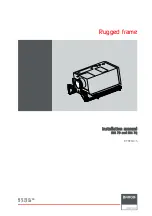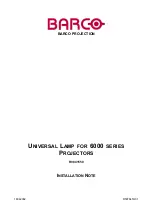
Basic Photo
gra
ph
y:
Ima
g
e Quality and Siz
e
38
JPEG compression analyzes images in blocks 8
×
8 pixels in
size, and selectively reduces detail within each block. At higher
compression ratios, the block pattern becomes more visible
and there may be noticeable loss of detail. The actual effect
depends on the size of the image when output on a monitor
or printer and on the type of subject. While a setting of NOR-
MAL represents the best trade-off between memory and im-
age quality in most cases, a setting of BASIC can be used to
save memory. Settings of HI (M-REC only) or FINE are suit-
able for photographs that will be enlarged or printed at high
resolution.
Image Size
Image size can be set by holding down the
button while
turning the command dial.
P 1/60 F2.7
NORMAL
NORMAL
[
38
]
VGA
GA
Confirm
size setting
in control
panel or
LCD
monitor
Setting
Size (pixels)
Notes
Full
2048
×
1536
—
VGA
640
×
480
Not available at HI image
quality
XGA
1024
×
768
Not available at HI image
quality
The following options are available:
Same aspect ratio as 35 mm
film. AF lamp blinks slowly to
indicate that viewfinder can not
be used to frame photo accu-
rately. Use LCD monitor.
3 : 2
2048
×
1360
Image size determines the size at which an image can be reproduced on a
printer or monitor. If the output size is too large, the individual pixels will
be visible to the naked eye, giving the image a rough, uneven appearance. A
typical target resolution for an ink-jet printer is about 200 pixels per inch.
At this resolution, a VGA picture will be output at a size of 3.2
×
2.4 inches
(8.1
×
6.1 cm), a full-size image at a size of about 10.2
×
7.7 inches
(26.0
×
19.5 cm). Computer monitors typically have a resolution of about
100 pixels per inch.
JPEG compression (image quality) reduces file size, but has no effect on
the number of pixels in the image or on the size of the image when output
on a printer or monitor.
















































